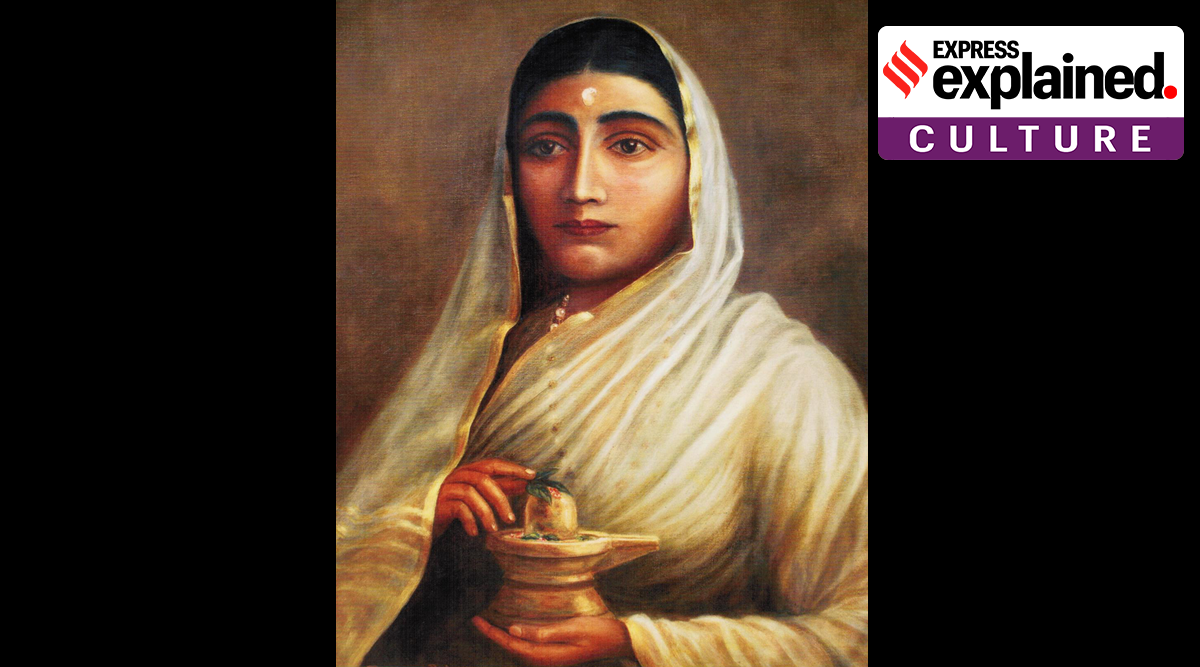Description

Copyright infringement is not intended
Context: Maharashtra Education Minister Deepak Kesarkar told the Legislative Council that he has sought a proposal from the district administration to rename the Western Maharashtra city of Ahmednagar as ‘Punyashlok Ahilyadevi Nagar’, after the 18th century Malwa queen, Ahilyabai Holkar.
.jpg)
Details:
How did the city of Ahmednagar first get its name?
- Ahmednagar lies in the Western region of Maharashtra.
- According to the district’s official website, it has been a part of some prominent kingdoms, starting from 240B.C., “when the vicinity is mentioned in the reference to the Mauryan Emperor Ashok”.
- The Rashtrakuta Dynasty, the Western Chalukyas, and then the DelhiSultanate ruled over the region in the Medieval period.
- In the last case, the rule was not direct, and a revolt by Afghan soldier Alladin Hasan Gangu led to the establishment of the Bahmani kingdom in the Deccan.
- After some time, Ahmednagar (then known as Nizamshahi) became one of the five independent kingdoms to emerge from that empire.
- In 1486, Malik Ahmad Nizam Shah became the Bahmani Sultanate’s Prime Minister. He fought back an attempt by the king to dislodge him from power, and defeated the army of the Bahamani kingdom near Ahmednagar in May 1490. Finally, in 1494 he laid the foundation of a city close to where he defeated the army, on the left bank of Sina river, and named it after himself: Ahmednagar.
- Nizam Shah also later captured the fort of Daulatabad and stationed his army there.
- Jawaharlal Nehru, in his book A Discovery of India(1946), wrote, “Ahmad Nizam Shah, the founder of Ahmadnagar in 1490, was the son of Nizam-ul-Mulk Bhairi, a minister of the Bahmani kings. This Nizam-ul-Mulk was the son of a Brahmin accountant named Bhairu…Thus the Ahmednagar dynasty was of indigenous origin.”
Who was Ahilyabai Holkar?
- Born in Chondi village of Ahmednagar to the village head Mankoji Shinde, on May 31, 1725, Ahilyabai was one of the few women rulers of Medieval India.
- While the education of girls and women was rare at that time, Mankoji insisted on it for his daughter.
- When she was eight years old, Malhar Rao Holkar, the army commander to Peshwa Bajirao, is believed to have spotted her at a temple service in Chondi. Impressed by her character, he decided to get his son, Khande Rao, married to her.
- Ahilyabai took control of Malwa after her husband’s death in the Battle of Kumbher against the king of Bharatpur in 1754.
- She excelled at administrative and military strategies under the guidance of her father-in-law, who believed she should be the one to lead her people rather than die by Sati after Khande Rao passed away.
- She then petitioned the Peshwa to become the ruler, backed by her army.
- Nehru described Holkar’s rule, which lasted for thirty years (1765-1795), as “almost legendary as a period during which perfect order and good government prevailed and the people prospered.
- She was a very able ruler and organizer, highly respected during her lifetime.” Similarly glowing accounts are found elsewhere.
- During her reign, Malwa was never once attacked, when at that time the whole of Central India was facing a power struggle, with battles being fought for the throne. Under her rule, Malwa remained an oasis of stability and peace.
- It adds that under Holkar, the city of Maheshwar became a literary, musical, artistic and industrial centre, and she helped establish a textile industry there, which is now home to the famous Maheshwari saris.
- Her role in the restoration of Hindu temples is often emphasised. In 1780, she had the Kashi Vishwanath temple in Varanasi rebuilt, nearly a century after Mughal king Aurangzeb ordered its destruction.
- Apart from holy sites like Badrinath, Dwarka, Omkareshwari, Gaya, and Rameswaram, Holkar also supported the construction of resting lodges for travellers, and of public ghats.

https://indianexpress.com/article/explained/explained-culture/maharashtra-proposes-renaming-ahmednagar-ahilyabai-holkar-8350423/















